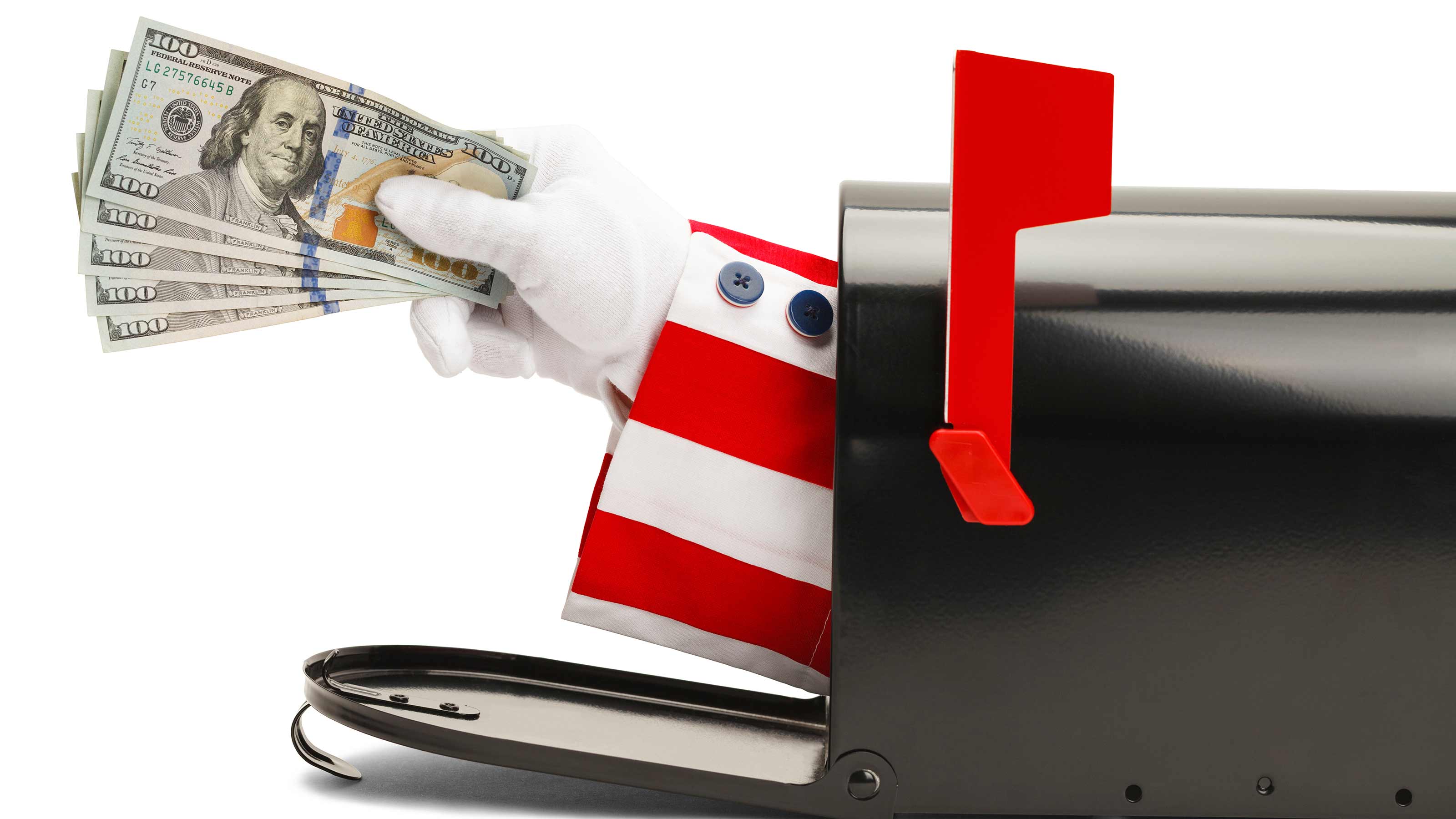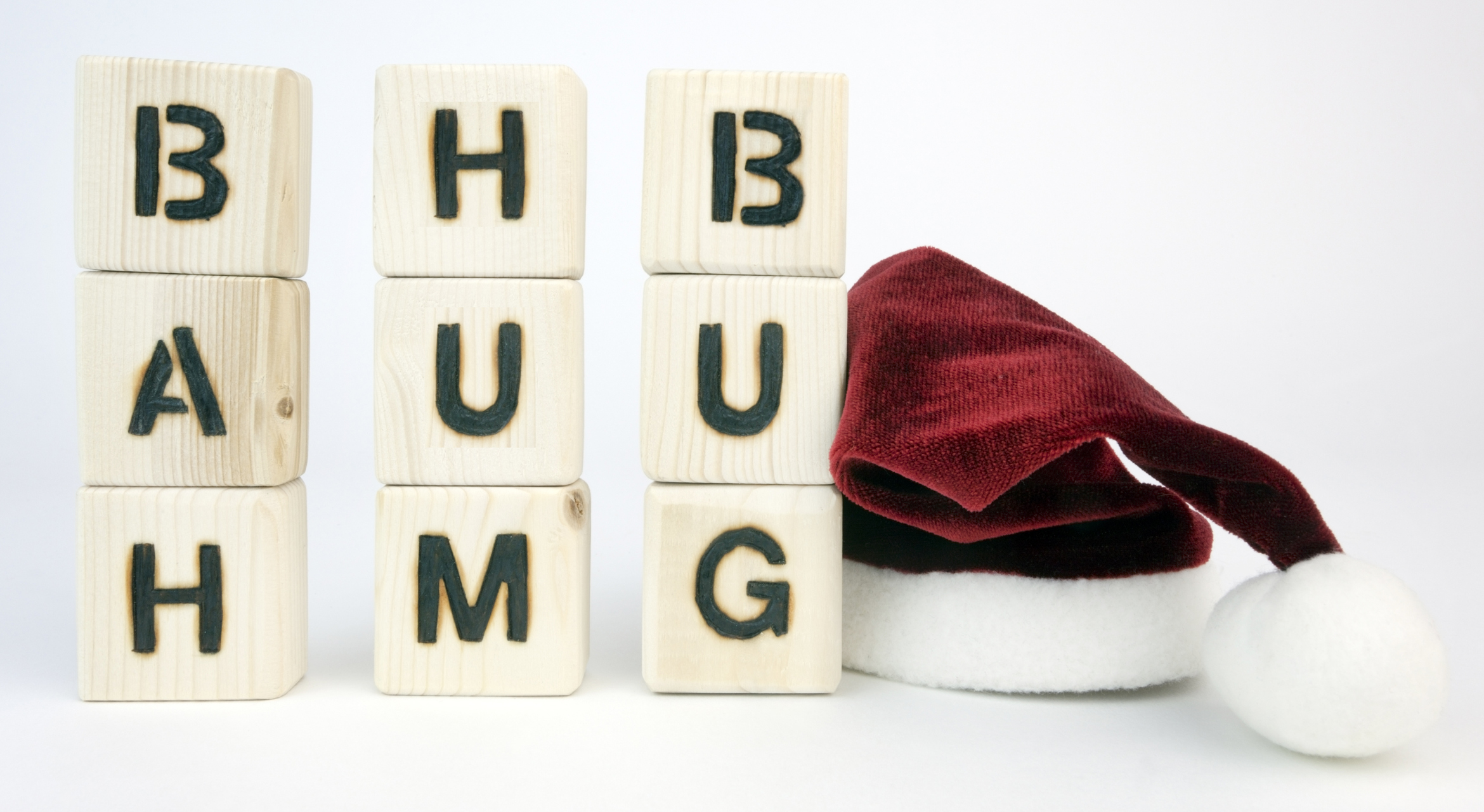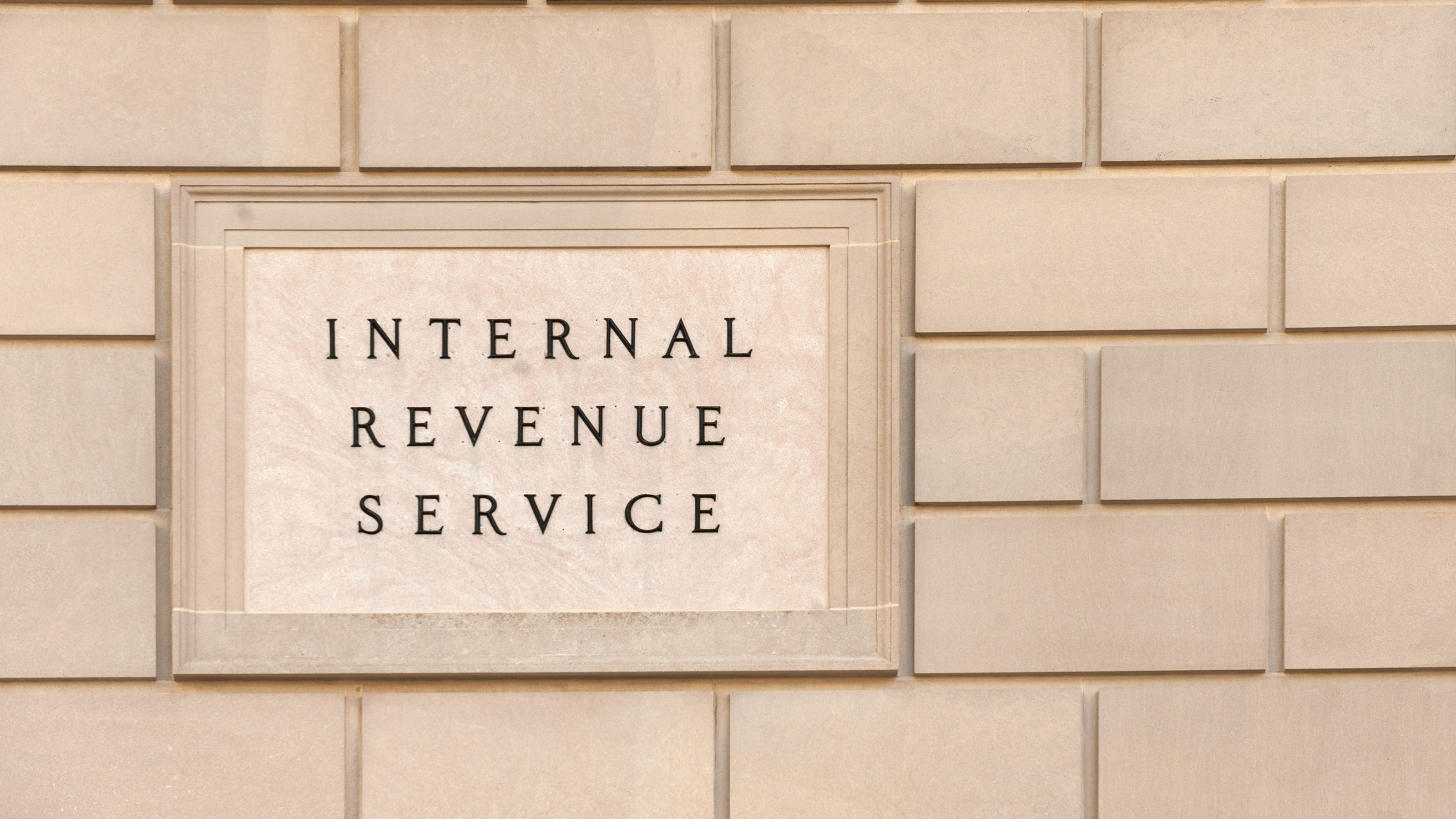Child Tax Credit Payment: Some Parents to Receive Paper Checks Instead of Direct Deposit Payments
Families who received their July child tax credit payment by direct deposit might get their August payment by mail.


The IRS is sending the second batch of monthly child tax credit payments today. Payments sent in August will total about $15 billion and will be delivered to approximately 36 million families across the country. Generally, depending on your income, your monthly payment can be as much as $300-per-child for kids under age 6 and $250-per-child for kids 6 to 17 years of age.
(Note that families who didn't get a July payment and are getting their first monthly payment in August will still receive their total advance payment for the year. As a result, the total payment will be spread over five months, rather than six, making each monthly payment larger. For these families, each payment is up to $360-per-child for kids under age 6 and up to $300-per-child for kids ages 6 through 17.)
Most of the child tax credit payments are made by direct deposit. That was the case for the first round of payments in July, and for the second round of payments sent on August 13. However, just because you received your July payment by direct deposit doesn't necessarily mean that your August payment will automatically be deposited into your bank account. According to the IRS, some families who received direct deposits in July will receive the August payments by paper check delivered through the mail. This is due to an unspecified issue that the IRS expects to be resolved before the September 15 payments are sent. The IRS says that the issue affects less than 15% of the people who received payments by direct deposit in July.
From just $107.88 $24.99 for Kiplinger Personal Finance
Become a smarter, better informed investor. Subscribe from just $107.88 $24.99, plus get up to 4 Special Issues

Sign up for Kiplinger’s Free Newsletters
Profit and prosper with the best of expert advice on investing, taxes, retirement, personal finance and more - straight to your e-mail.
Profit and prosper with the best of expert advice - straight to your e-mail.
You can check the IRS's Child Tax Credit Update Portal to see if you're scheduled to receiving a direct deposit or paper check this month. If you're one of the 15% who received a direct deposit payment in July but a paper check in August, the IRS says you don't have to take any additional action for your September payment to be issued by direct deposit.
Who Should Receive Child Tax Credit Payments by Direct Deposit?
You're supposed to receive your monthly child tax credit payments via direct deposit if the IRS has your bank account information from:
- Your 2019 or 2020 tax return;
- The IRS's online tool used in 2020 by people who aren't required to file a tax return to get a first-round stimulus check; or
- A federal agency that provides you benefits, such as the Social Security Administration, Department of Veterans Affairs, or the Railroad Retirement Board.
You'll get a paper check or debit card in the mail if the IRS doesn't have your bank account information.
If you want to revise the bank account information the IRS has on file, go to Child Tax Credit Update Portal to make the change. (Note that monthly payments can't be split between multiple accounts – the entire payment must go into one bank account.) The online tool will tell you if you're scheduled to receive monthly payments by direct deposit. If so, it will list the bank routing number and the last four digits of your account number. If you don't change it, this is the account that will receive all future monthly payments.
Parents who are currently scheduled to receive payments by mail can also sign up for direct deposit using the online tool. Just enter your bank routing number and account number and indicate whether it's for a savings or checking account. However, to get your September payment by direct deposit, you need to act by August 30. You'll get paid much faster if you switch to direct deposit, plus you won't have to worry about a paper check or debit card getting lost or stolen.
Split Child Tax Credit Payments for Parents with ITINs
The IRS also reported that it's correcting an issue regarding the monthly child tax credit payments for families where the parent(s) have an Individual Taxpayer Identification Number (ITIN) and their children have a Social Security number. Families in this situation who didn't receive a July payment are receiving a monthly payment in August, which also includes a portion of the July payment. They will receive the remainder of the July payment in late August.
Profit and prosper with the best of Kiplinger's advice on investing, taxes, retirement, personal finance and much more. Delivered daily. Enter your email in the box and click Sign Me Up.
Rocky Mengle was a Senior Tax Editor for Kiplinger from October 2018 to January 2023 with more than 20 years of experience covering federal and state tax developments. Before coming to Kiplinger, Rocky worked for Wolters Kluwer Tax & Accounting, and Kleinrock Publishing, where he provided breaking news and guidance for CPAs, tax attorneys, and other tax professionals. He has also been quoted as an expert by USA Today, Forbes, U.S. News & World Report, Reuters, Accounting Today, and other media outlets. Rocky holds a law degree from the University of Connecticut and a B.A. in History from Salisbury University.
-
 Holiday Tax Scams: 'Tis the Season to be Wary
Holiday Tax Scams: 'Tis the Season to be WaryTax Scams Navigating tax tricks of the holiday season may be daunting, but don't let that destroy your festive spirit
-
 Metro by T-Mobile Is Giving Away This Samsung Galaxy A16: Which Plans Are Eligible?
Metro by T-Mobile Is Giving Away This Samsung Galaxy A16: Which Plans Are Eligible?Metro by T-Mobile is offering free Samsung Galaxy A16 phones on eligible plans right now. Here’s how the deal works.
-
 I Drive and Collect Classic Cars: Here’s How I Got Started
I Drive and Collect Classic Cars: Here’s How I Got StartedAre classic cars a hobby or an investment strategy — or both? Either way, the vintage car scene is much cooler and more affordable than you think.
-
 Holiday Tax Scams: 'Tis the Season to be Wary
Holiday Tax Scams: 'Tis the Season to be WaryTax Scams Navigating tax tricks of the holiday season may be daunting, but don't let that destroy your festive spirit
-
 Retirees in These 7 States Could Pay Less Property Taxes Next Year
Retirees in These 7 States Could Pay Less Property Taxes Next YearState Taxes Retirement property tax bills could be up to 65% cheaper for some older adults in 2026. Do you qualify?
-
 Estate Tax Quiz: Can You Pass the Test on the 40% Federal Rate?
Estate Tax Quiz: Can You Pass the Test on the 40% Federal Rate?Quiz How well do you know the new 2026 IRS rules for wealth transfer and the specific tax brackets that affect your heirs? Let's find out!
-
 Law Reversal Looming? Trump Eyes 2026 Gambling Winnings Tax Change
Law Reversal Looming? Trump Eyes 2026 Gambling Winnings Tax ChangeTax Deductions It's no secret that the IRS is coming after your gambling winnings in 2026. But how long will that last?
-
 5 Types of Gifts the IRS Won’t Tax: Even If They’re Big
5 Types of Gifts the IRS Won’t Tax: Even If They’re BigGift Tax Several categories of gifts don’t count toward annual gift tax limits. Here's what you need to know.
-
 The 'Scrooge' Strategy: How to Turn Your Old Junk Into a Tax Deduction
The 'Scrooge' Strategy: How to Turn Your Old Junk Into a Tax DeductionTax Deductions We break down the IRS rules for non-cash charitable contributions. Plus, here's a handy checklist before you donate to charity this year.
-
 IRS Says You Made a Tax Return Mistake? A New Law Could Help You Fight Back
IRS Says You Made a Tax Return Mistake? A New Law Could Help You Fight BackTax Law Updated taxpayer protections change what the IRS must explain on error notices and how long you have to respond.
-
 Tax Refund Alert: House GOP Predicts 'Average' $1,000 Payouts in 2026
Tax Refund Alert: House GOP Predicts 'Average' $1,000 Payouts in 2026Tax Refunds Here's how the IRS tax refund outlook for 2026 is changing and what steps you can take now to prepare.
